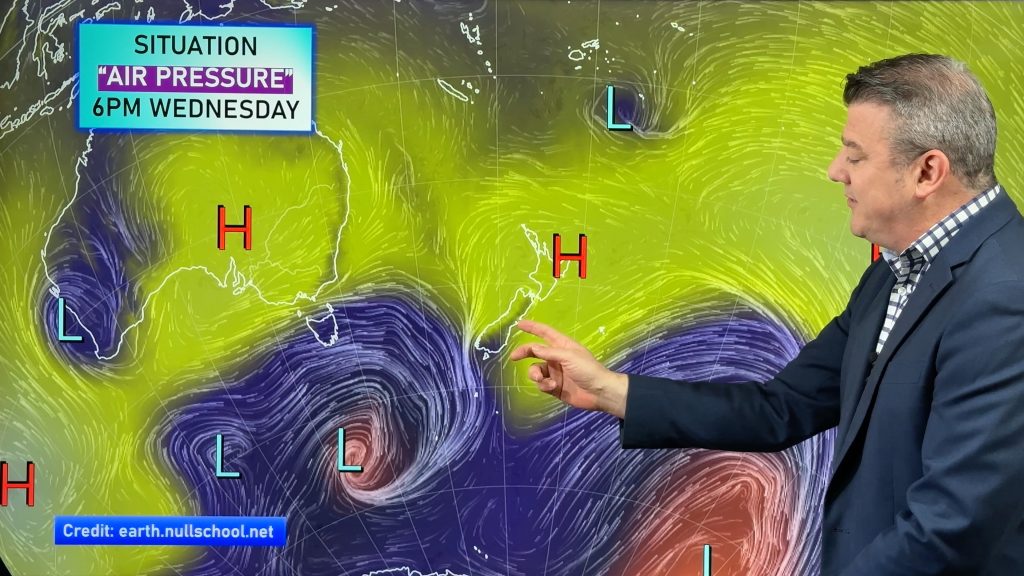
> From the WeatherWatch archives
Recent research shows that northern New Zealand is hit by an average of a little over one storm of tropical origin each year. The severity of these storms depends on their location and on the phase of the El Niño/La Niña cycle.
Every year between December and April, storms from the tropics move south toward New Zealand. As these tropical cyclones advance poleward, they eventually lose characteristic hurricane features such as the eye and the surrounding symmetric cloud and precipitation region and progressively acquire the asymmetric cloud and thermal features more typical of a frontal mid-latitude storm. Scientists use the term extratropical transition (ET) to refer to this poleward movement and accompanying structure changes.
As these storms move into New Zealand waters, they often maintain sufficient vigour to produce damaging winds, high seas and heavy rain. Occasionally, tropical cyclone remnants re-intensify in the extratropics to become potent mid-latitude storms capable of inflicting loss of life and severe property damage.
Several memorable ET events have occurred in the New Zealand region. In April 1968, Tropical Cyclone Gisele re-intensified as it moved south over New Zealand, producing winds gusting to 75 m/s (270 kph) in Wellington, and sinking the interisland ferry Wahine with the loss of 51 lives. Cyclone Bola dumped over 900 mm of rain and produced hurricane-force winds in regions of northern New Zealand in March 1988. More recently, Cyclones Fergus and Drena brought torrential rain and storm-force winds to the North Island in December 1996, triggering an exodus of summer tourists from coastal resorts.
NIWA
Comments
Before you add a new comment, take note this story was published on 5 May 2011.





Add new comment